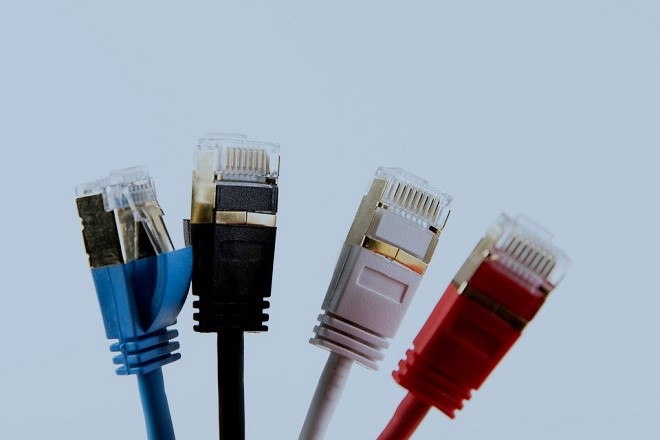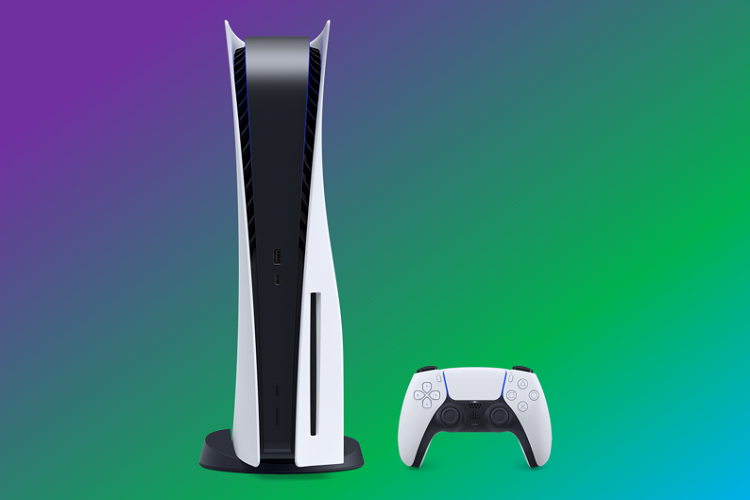One of the worst ways to sabotage your own network setup is to use bad ethernet cables. Most networks have a wired component, relying on wires and links and cables to connect things from point to point. While there are wireless networks around, there are wires present at some point. In most cases, that will require a connection to the main center. So installing the cables badly ruins your setup from the get-go.
It is tempting to think that you only need to install the cables and not care about anything other than them being placed where they should be. The truth is that there are a few things to keep in mind, details you should remember so you avoid installing bad ethernet cables.
Get Good Cables
The first thing to remember is to get good cables. Having great patch cables is important because if you get bad ones, it won’t matter how you do the installation. The ethernet cables should come from a reputable manufacturer and probably go through a little testing to make sure. Check for things like physical defects. If at all possible, you should also make sure the cables are brand-new.
Yes, ethernet and patch cables have a lifespan. For instance, the typical cable will only last about five to ten years under average conditions. The lifespan is much shorter if you don’t use it properly, expose it to damaging conditions, or if it gets physically damaged.
Use Updated Standards
Network speeds are very high. Even with just Cat-6 cables, you get ones that are rated between 250MHz and 550MHz, so there is a broad range. This is much bigger, more advanced than anything that used to be common. Standards have improved over the years, so it is ideal that you also update and upgrade. Check on what the latest standards are, so you have a solid baseline for what you’re going to use.
Termination in the cable has to be 100%, rather than just making contact. The twist of the conductors must be consistent. This allows it to better evolve over time, even as the hardware and tech begin to age. There are even differences between copper and copper-clad patch cables.
Why are these standards so important? Cables relay radio frequencies, which can be a little finicky. If you need to imagine the damage you can do by disrupting that frequency, imagine putting a bit of metal into a microwave oven. You get arcs and sparks, the waves get complicated, and things go awry. Radio frequencies don’t do well if disrupted, and that means more damage to your connection.
Learn Potential Issues
You should learn what the common issues are with cables, the areas where they can go awry. The shielding is going to be one of these, along with the insulation. Another thing to look at would be the twisting of the conductors because this helps reduce the interference the wires get from each other.
Two lesser things to consider are the gauges and compositions. Installation can stress these and cause damage, so you need consistency in two things. They need consistency of quality and consistency of termination. If these are inconsistent, you get more disruption and degradation of the signal.
Check Specifications
Another thing to remember is that the specifications should be counter checked. You can trust the labeling more often than not, but it still pays to check the performance for yourself. Cheap cables are usually given deceptive labels, rather than giving an accurate reflection of what they do when you actually use them.
Check Certifications
Check if the manufacturer has gone through certified testing. These include tests for electrical characteristics, humidity, temperature extremes, and even mold damage. Some clients won’t ask for these, while others will require you to adhere to any applicable standards. It generally pays off to check beforehand, even if you don’t expect to need to meet them.
All-Copper Wires
Finally, unless you have specifications to meet that say otherwise, ethernet cables should be solid all-copper wires. Copper clad in aluminum or steel doesn’t perform the same, even if they’re similar in appearance. Aluminum becomes brittle or breaks, causing greater loss of data over time.
To check for what you’re looking at, there are a few things you can do. To detect steel, use a magnet. Copper and aluminum aren’t going to make it stick. If the cable is too rigid or too flimsy, they’re not copper either. Aluminum cables droop in lighter flame. Finally, the boxes tend to mention if they’re solid copper or not and in general, you can trust them.
Inspect the Installation Environment
Finally, you should check the environment where you will be installing things. If there are any environmental extremes, don’t use standard cables. Get ones that have specific shielding. For instance, if you’re installing in an industrial facility with a lot of extreme heat, go for ones that have protection against that.
Conclusion
Installing the right cables and doing it right is important because it lets your network setup start off correctly. If you fail to install the proper cabling at the start, you’re going to experience diminished performance or risk it not working at all.




